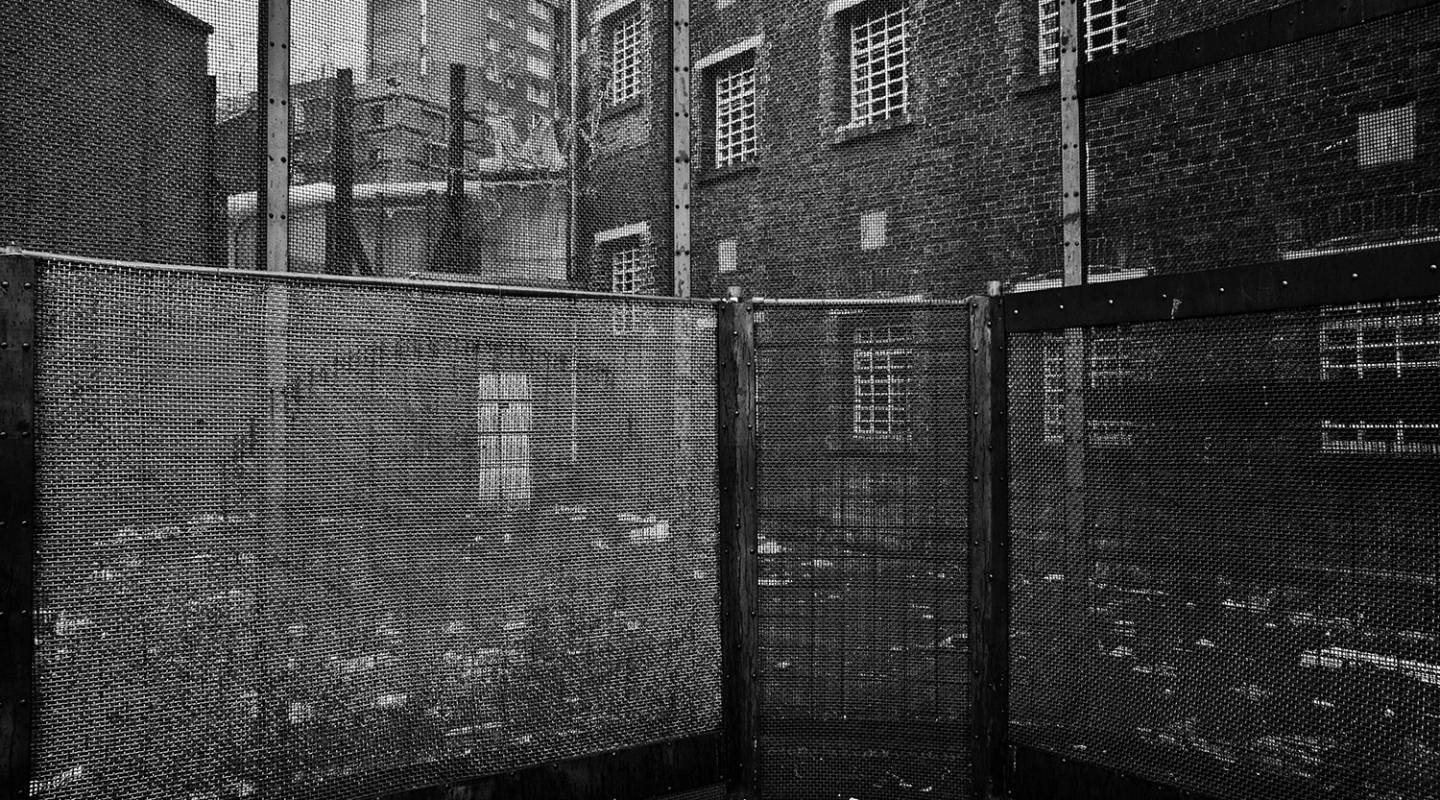
Belgium
Capital city — Brussels
Introduction
Country population
11,303,528
i
2017
Type of government
parliamentary monarchy
